The Best Companion Plants For Malabar Spinach
Malabar spinach is a versatile and delicious vegetable that can be grown in a variety of climates. It is a member of the spinach family, but it has a different flavor and texture than its cousin. Malabar spinach has a slightly sweet, nutty flavor, and its leaves are tender and succulent.
One of the best things about Malabar spinach is that it is a companion plant. This means that it can be planted near other vegetables to help repel pests, attract pollinators, and improve the overall health of the garden.
In this blog post, we will discuss the best companion plants for Malabar spinach. We will also provide some tips on how to plant and care for these plants together.
Malabar Spinach Companion Plants
There are many different plants that can be companion planted with Malabar spinach. Some of the best include:
- Asparagus: Asparagus is a tall, leafy plant that can help to shade Malabar spinach from the hot sun. It also helps to attract beneficial insects, such as ladybugs and hoverflies, which can help to control pests.
- Brassicas: Brassicas, such as broccoli, cauliflower, and cabbage, are all good companion plants for Malabar spinach. They help to repel pests, such as aphids and cabbage loopers, and they also help to improve the soil quality.

- Eggplant: Eggplant is another tall, leafy plant that can help to shade Malabar spinach. It also helps to attract beneficial insects, such as ladybugs and lacewings.
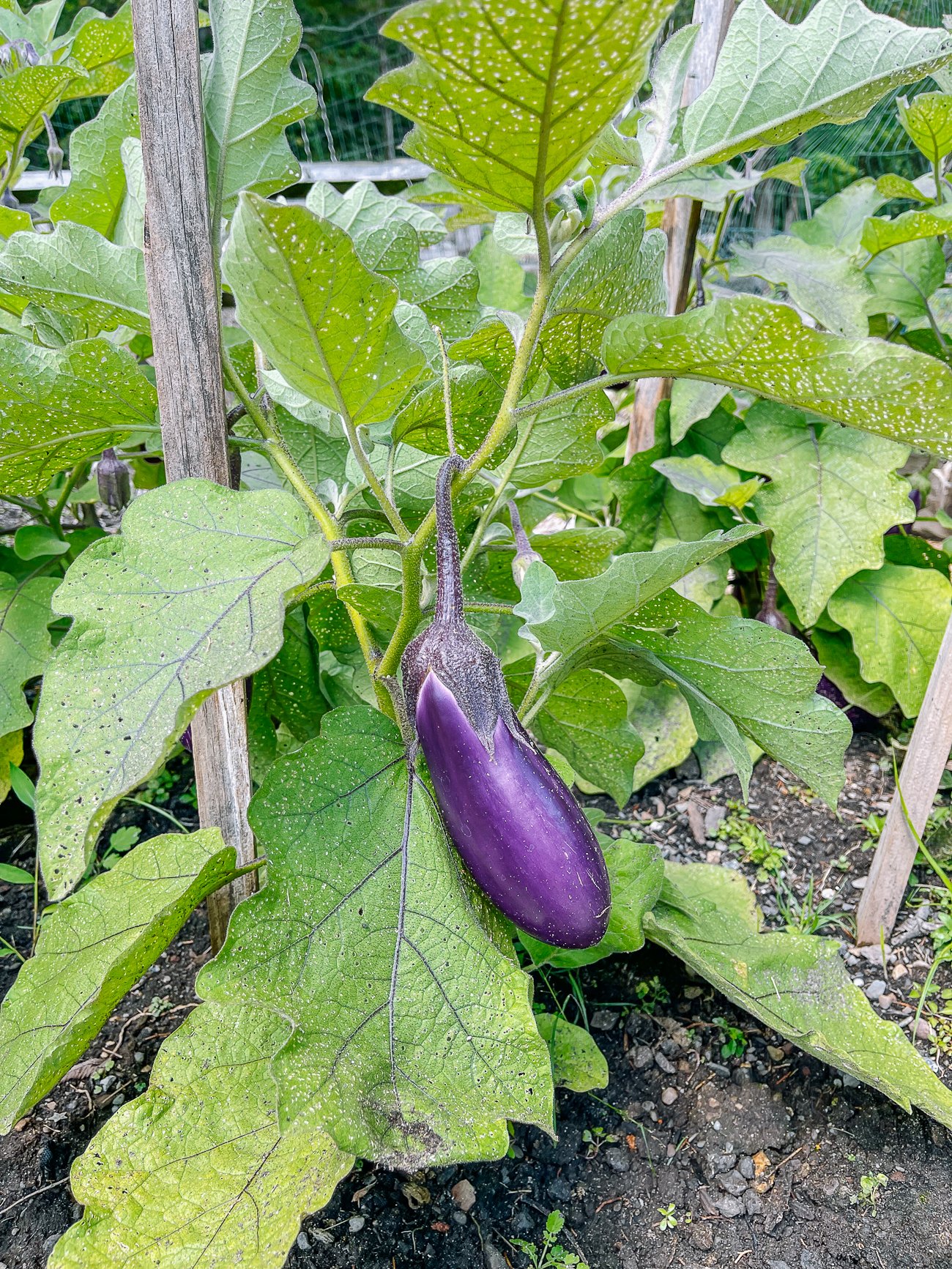
- Leeks: Leeks are a good companion plant for Malabar spinach because they help to repel pests, such as root maggots and aphids. They also help to improve the soil quality.
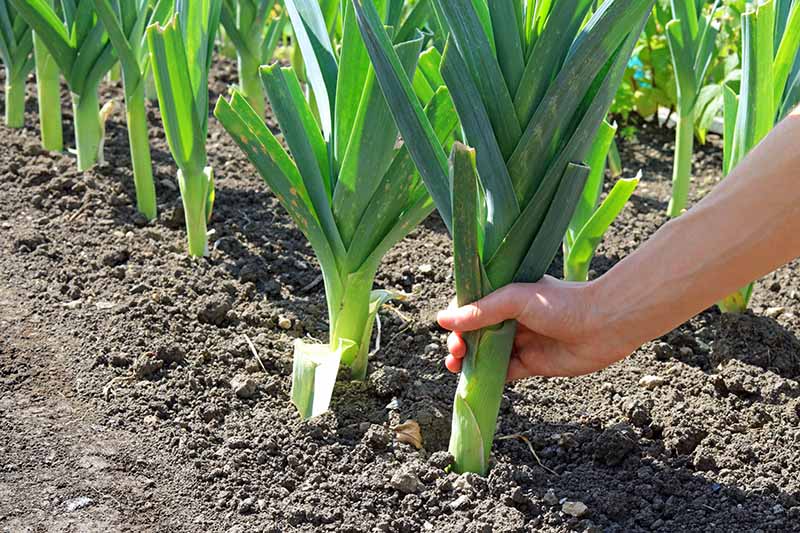
- Lettuce: Lettuce is a cool-season crop that can be planted near Malabar spinach in the spring or fall. It helps to attract beneficial insects, such as ladybugs and lacewings, and it also helps to improve the soil quality.
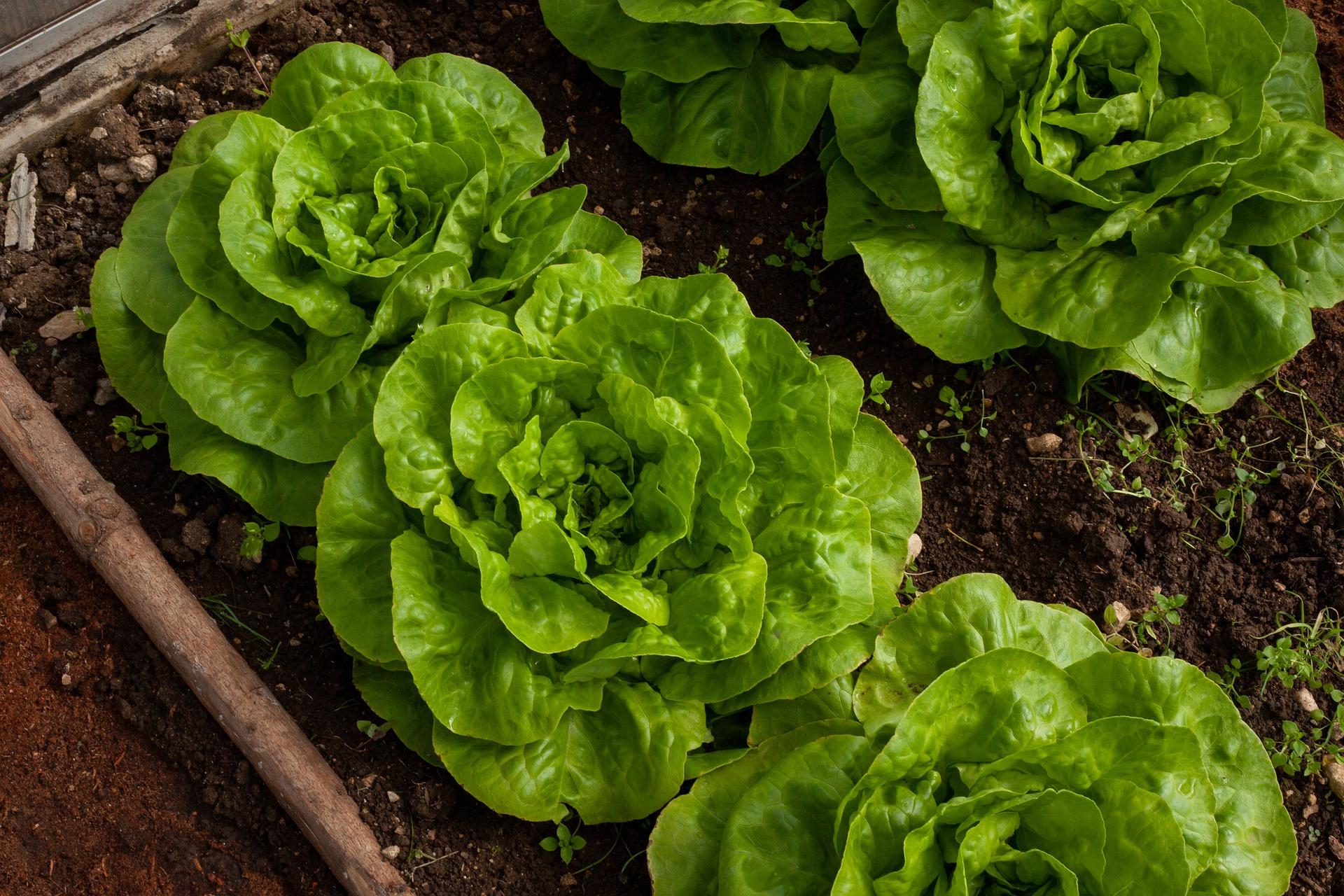
- Peas: Peas are a good companion plant for Malabar spinach because they help to fix nitrogen in the soil. This means that they can help to improve the soil quality and make it more fertile.
- Radishes: Radishes are a fast-growing crop that can be planted near Malabar spinach to help break up the soil and improve drainage. They also help to attract beneficial insects, such as ladybugs and lacewings.
- Strawberries: Strawberries are a good companion plant for Malabar spinach because they help to attract beneficial insects, such as ladybugs and lacewings. They also help to improve the soil quality.
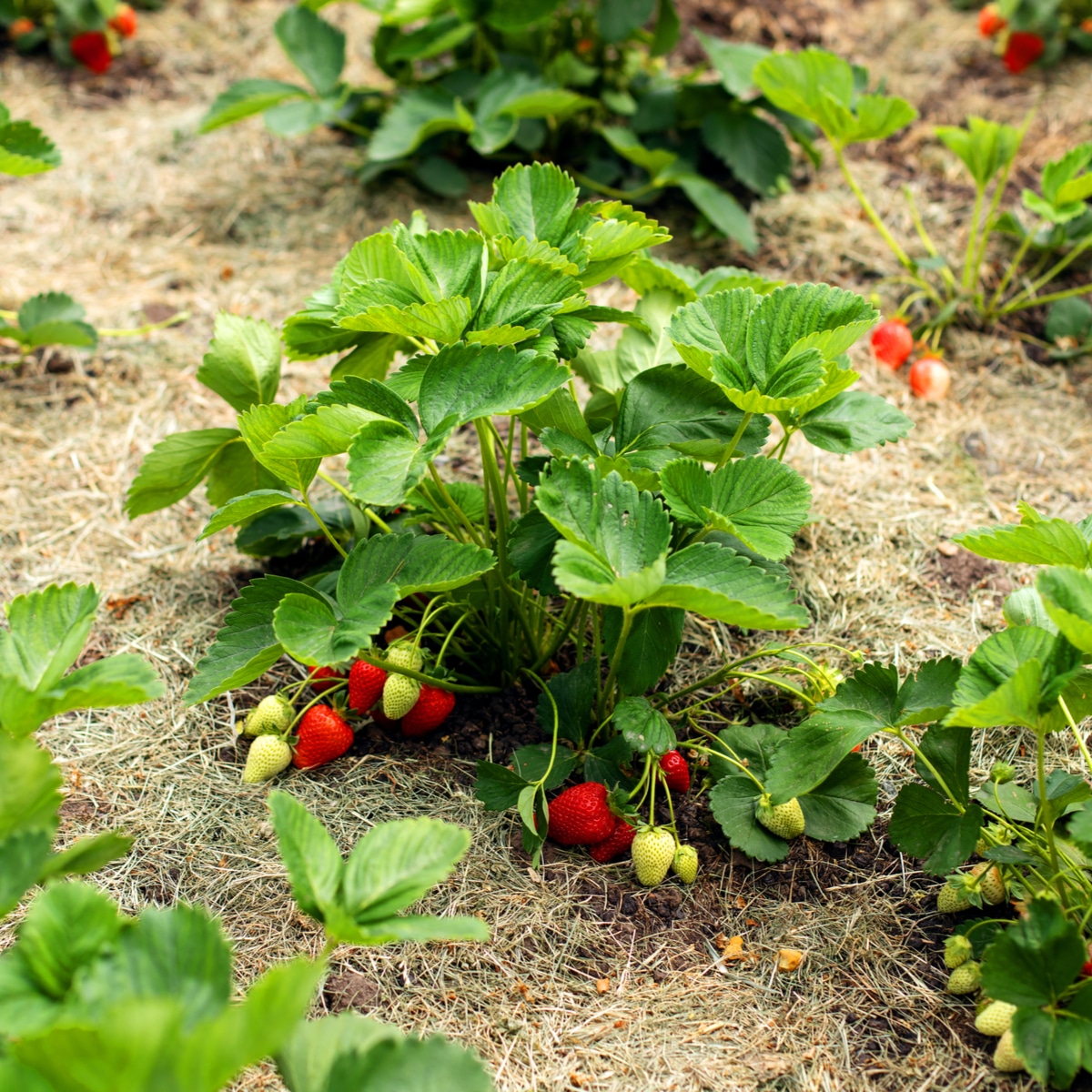
Tips for Planting and Caring for Malabar Spinach Companion Plants
When planting Malabar spinach companion plants, it is important to consider the size and growth habit of each plant. For example, asparagus is a tall plant, so it should be planted towards the back of the garden. Lettuce is a low-growing plant, so it can be planted in front of asparagus.
It is also important to plant Malabar spinach companion plants in full sun. Malabar spinach needs at least 6 hours of sunlight per day to thrive.
Finally, it is important to water Malabar spinach companion plants regularly. Malabar spinach is a thirsty plant, so it will need to be watered deeply at least once a week.
Conclusion
Malabar spinach is a versatile and delicious vegetable that can be grown in a variety of climates. It is a good companion plant for many other vegetables, and it can help to improve the overall health of the garden.
If you are looking for a way to add some variety and flavor to your garden, consider planting Malabar spinach. It is a relatively easy plant to grow, and it is a great way to attract beneficial insects and improve the soil quality.
Malabar spinach is a versatile and delicious vegetable that can be grown in a variety of climates. It is also a great companion plant, meaning that it can be grown alongside other vegetables to help improve their growth and productivity.
Some of the best companion plants for malabar spinach include:
- Asparagus
- Brassicas
- Eggplant
- Leeks
- Lettuce
- Peas
- Radishes
- Strawberries
These plants help to attract pollinators, deter pests, and improve the soil quality. For example, asparagus helps to suppress weeds, while brassicas help to repel pests.
If you are interested in learning more about malabar spinach companion plants, I recommend visiting Gardenia Inspiration. This website has a wealth of information on the topic, including a list of recommended companion plants, as well as tips on how to plant and care for malabar spinach.
FAQ of malabar spinach companion plants
Q: What are some good companion plants for Malabar spinach?
A: Malabar spinach is a versatile plant that can be paired with a variety of other plants. Some good companion plants for Malabar spinach include:
- Sweet potatoes: Sweet potatoes have sprawling vines that can help shade the soil, keeping it cool and moist. Additionally, sweet potato's long roots can improve soil structure and help aerate the soil.
- Okra: Okra's upright growth habit can provide a natural trellis for the Malabar spinach to climb. The two plants have similar water and nutrient requirements and can thrive together in the same bed.
- Marigolds: Marigolds have a natural pest repellent quality, which can help protect Malabar spinach from harmful insects. Additionally, marigolds' bright flowers can attract pollinators to the garden, which can benefit both the Malabar spinach and other plants.
- Lettuce: Lettuce is a light feeder, so it won't compete with Malabar spinach for nutrients. Additionally, lettuce can help suppress weeds and attract beneficial insects.
- Peas: Peas are nitrogen-fixing plants, which means they can help to improve the nitrogen content of the soil. This can benefit Malabar spinach, which is a heavy feeder.
Q: What are some plants that should not be planted near Malabar spinach?
A: There are a few plants that should not be planted near Malabar spinach, as they can compete with it for nutrients or water. These plants include:
- Tomatoes: Tomatoes are heavy feeders, so they can compete with Malabar spinach for nutrients. Additionally, tomatoes can attract pests that can also attack Malabar spinach.
- Cucumbers: Cucumbers are also heavy feeders, and they can also attract pests that can attack Malabar spinach.
- Beans: Beans can fix nitrogen in the soil, but they can also compete with Malabar spinach for water.
- Potatoes: Potatoes are susceptible to the same pests and diseases as Malabar spinach, so planting them together can increase the risk of infection.
Q: How far apart should Malabar spinach plants be planted?
A: Malabar spinach plants should be spaced about 12-18 inches apart. This will give them enough room to grow and spread.
Q: How long does it take for Malabar spinach to grow?
A: Malabar spinach seeds typically germinate in 10-14 days. After germination, the plants will grow quickly and can be harvested in about 6-8 weeks.
Q: What are some tips for growing Malabar spinach?
A: Malabar spinach is a relatively easy plant to grow, but there are a few tips that can help you get the best results:
- Plant Malabar spinach in full sun.
- Water Malabar spinach regularly, especially during hot weather.
- Fertilize Malabar spinach every few weeks with a balanced fertilizer.
- Provide Malabar spinach with a trellis or other support to climb.
- Harvest Malabar spinach leaves when they are young and tender.
Image of malabar spinach companion plants
- Brassicas: Malabar spinach is a good companion for brassicas, such as broccoli, cabbage, and cauliflower. These plants help to deter pests from Malabar spinach, and they also benefit from the shade that Malabar spinach provides.
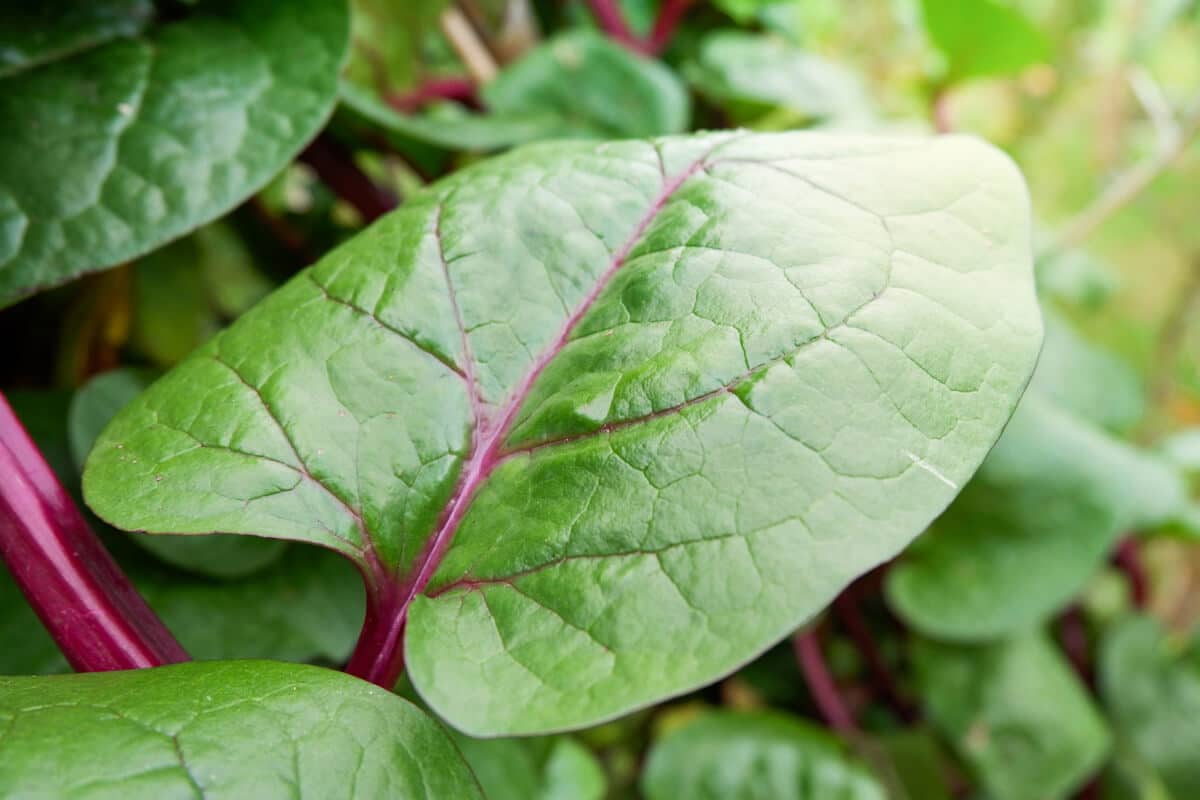
- Eggplant: Eggplant is another good companion for Malabar spinach. These plants help to deter pests from each other, and they also benefit from the same growing conditions.

- Leeks: Leeks are a good companion for Malabar spinach because they help to repel aphids and other pests. Leeks also help to improve the soil quality, which benefits Malabar spinach.

- Lettuce: Lettuce is a good companion for Malabar spinach because it helps to attract beneficial insects, such as ladybugs and lacewings. These insects help to control pests that can damage Malabar spinach.
- Peas: Peas are a good companion for Malabar spinach because they help to fix nitrogen in the soil. This nitrogen benefits Malabar spinach, and it also helps to improve the overall health of the garden.
Post a Comment for "The Best Companion Plants For Malabar Spinach"